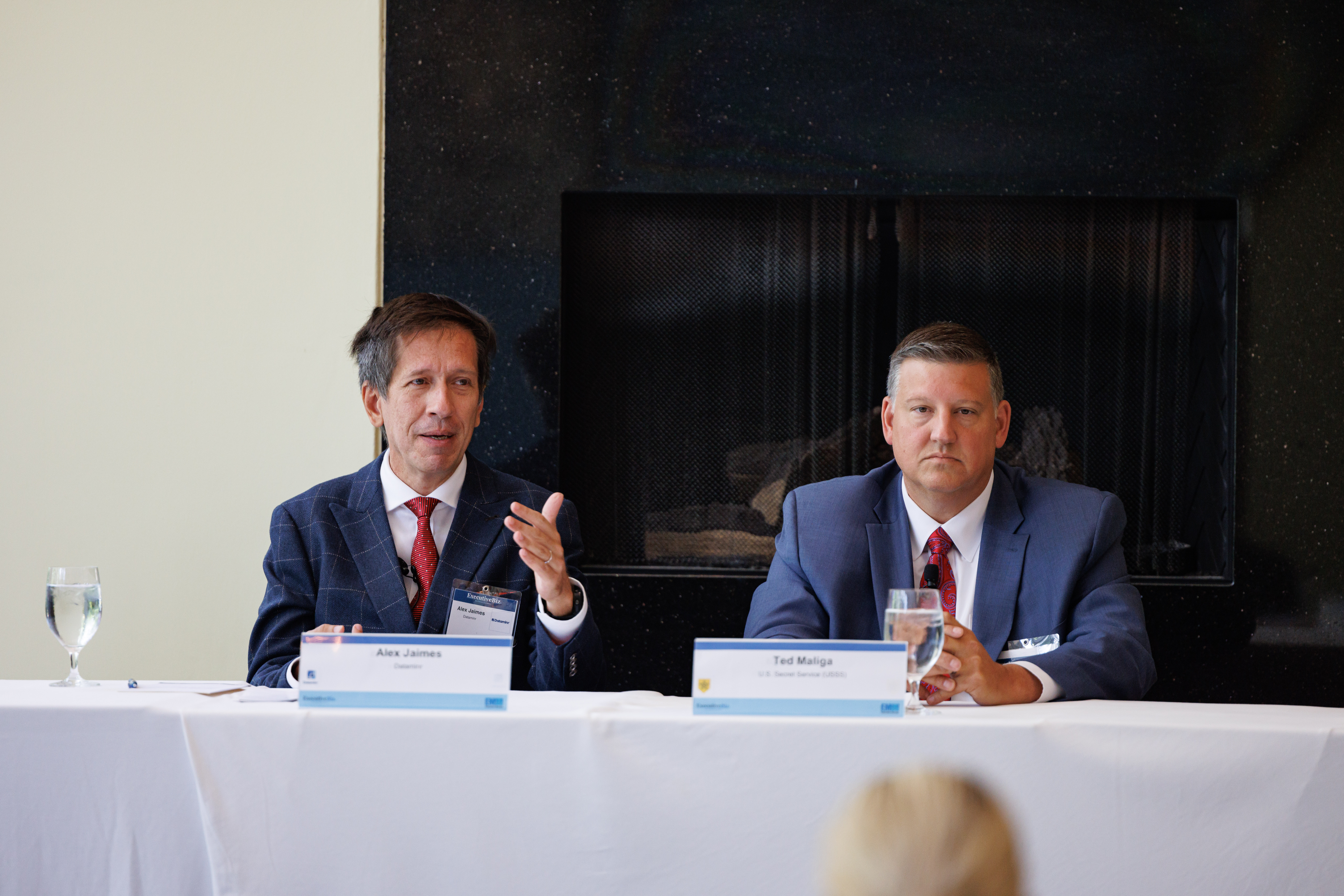Artificial intelligence capabilities have advanced rapidly in recent years, offering new benefits to the U.S. government across numerous use cases. Federal organizations have recognized its potential, but the expansion of AI use has illuminated the need for strong regulations surrounding this new technology.
During a panel discussion at ExecutiveBiz’s Trusted AI and Autonomy Forum on Tuesday, Alex Jaimes, chief scientist and senior vice president of AI at Dataminr, emphasized the “significant inflection point” AI has reached in recent years. The release of ChatGPT, he said, is a marker of this new era.
According to U.S. Secret Service Chief Technology Officer Ted Maliga, AI is a “game changer” for the public sector to increase efficiency and effectiveness, but these benefits cannot be achieved without investing in countermeasures against the technology itself.
One critical countermeasure is keeping a human in the loop, he said.

“You need human evaluators to label the outcomes of what these models give you, so you can determine whether you’re doing the right things or not. You need the right metrics, and on top of that, you’re going to need labeled data,” explained Jaimes.
Today, models are constantly being adjusted to improve security and reduce potential bias. According to Maliga, making these tweaks to prevent violations of Americans’ civil rights is “a huge challenge.”
Until models are built with inherent protections against these risks, he said, AI implementation will require heavy use of the human-in-the-loop architecture.
This challenge can be addressed with significant investments, said Jaimes. AI, he said, has existed for a long time, and people have continuously added more complexities to the architecture. He added that there have already been advances in the design of modern models.
“There’s some great things out there to use AI for, it’s just trying to manage expectations with the reality of where systems are at, their cost and the resources it takes to deploy them,” Maliga said. “Even with AI, there is a tremendous amount of backbone infrastructure and resources it takes to deploy all these things.”
AI, said Jaimes, has the potential to impact “every single industry” and “raises the bar in terms of what humans can do.”
“I’m very optimistic about what’s coming in the next few decades, but we do have to be very purposeful in how we work with it and adopt technologies,” he said.

Don’t miss Executive Mosaic’s next event – the 9th Annual Intel Summit on Sept. 21! During the event, intelligence experts from both government and industry will come together to discuss the challenges and opportunities the Intelligence Community faces in its efforts to modernize and adapt to the evolving intelligence landscape. One panel will focus specifically on the impact of AI. Click here to learn more, and click here to register to attend.


